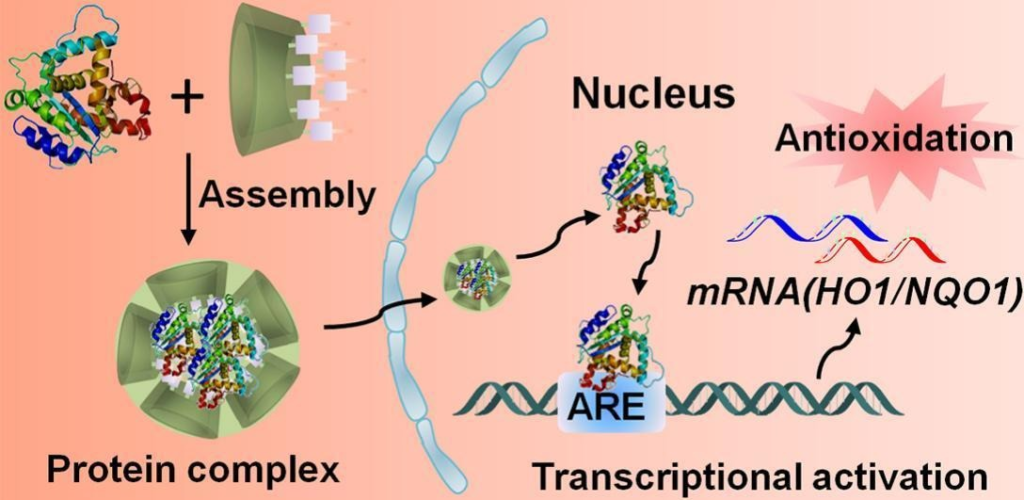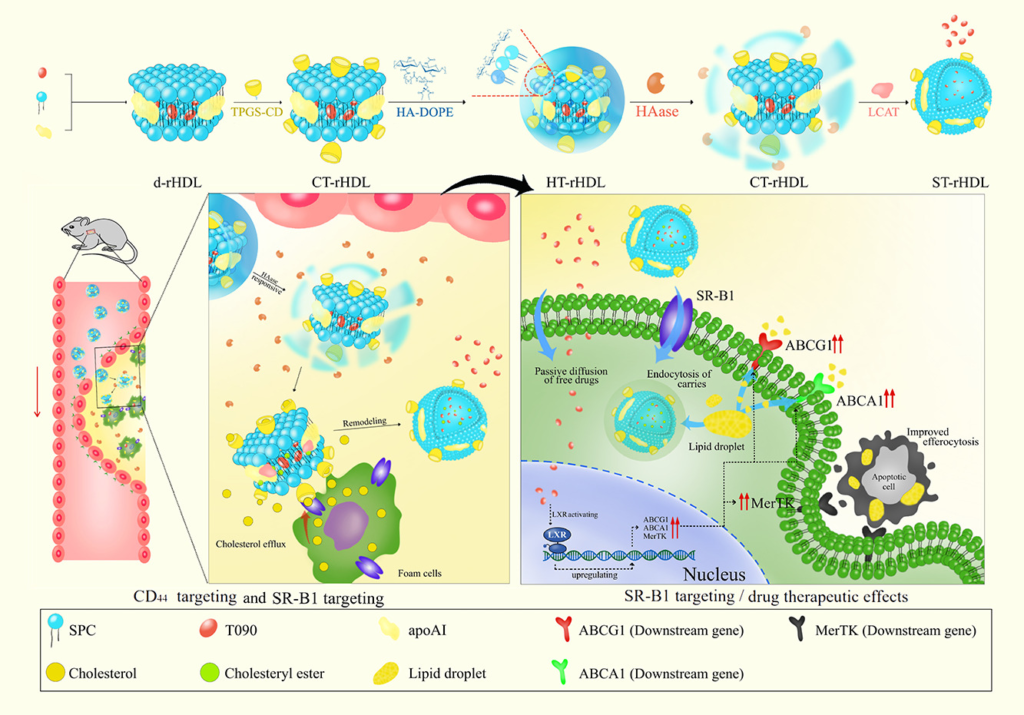A β-Cyclodextrin-Based Nanoparticle with Very High Transfection Efficiency Unveils siRNA-Activated TLR3 Responses in Human Prostate Cancer Cells
After reporting on intracellular protein delivery yesterday, today we share the latest news on RNA delivery to prostate cancer cells using cyclodextrin nanoparticles.
Universidad de Castilla-La Mancha, Instituto de Salud Carlos III, Universidad de Sevilla (Jose Manuel Garcia Fernandez, Valentin Ceña et al)






